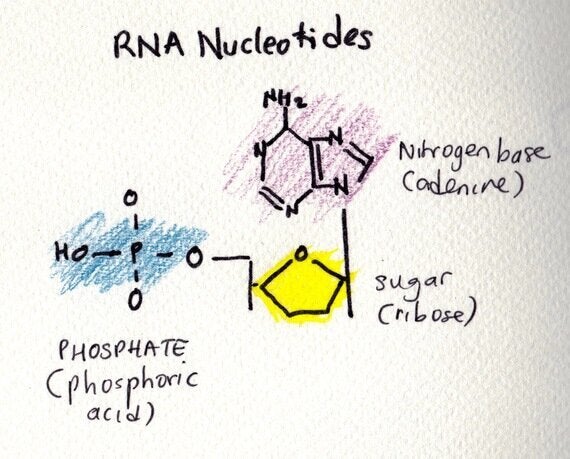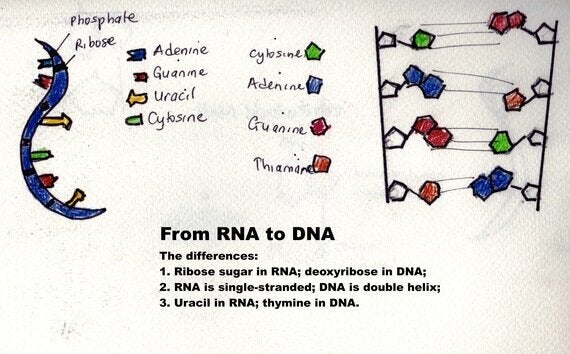When I was at university, I hated Biochemistry. I hated Organic Chemistry. I hated those incomprehensible, complex shapes with significant alphabets attached to them, whose significance I never quite figured out.
I would rush through those sections, praying that none would come up in the exams. Now, thirty years later, I am back again between these pages, amongst these unlikeable shapes. Now, I am doing this for the love of my youngest child, G. I remembered how much I hated studying these, so I want to make the learning experience as joyful as possible for G. I don't want her to grow old dreading big molecules.
So here I am, sitting at the kitchen table, rewriting her textbooks. I am adamant that she will not rote-learn the sequences as I did, so I took the story right back to the beginning, beyond the scope of the syllabus and exams, to come up with a system of learning that lights the fire in her.
When did life begin?
We come from stardust, inorganic material from a cosmic explosion 13.8 billion years ago. But how did those cold, lifeless atoms become life?
She knew that first lifeforms were generally accepted to be cyanobacteria, but how did these ancient ancestors of ours come into being? How was life created from a soup of inorganic broth in the violent, young world?
As I began to retrace the paths of my long-ago days, I was, unexpectedly, suffused with happiness. For hours I sat at the dining table, halfway across the world from my childhood home, but remembering those wonderful days that my brother and I sat at the kitchen table in my mother's sunny house in a little town in southern England whilst our mother bustled around helping us, making Welsh cakes. She had loved us so such, gave so selflessly, and in giving selflessly to my daughter, I felt the same happiness rising gloriously in me.
I never thought I would be doing this. I grew up believing that I am destined for great things, but with the wisdom of years, I realised that the greatest thing one could do is to raise a family with love, rather than with resentment at the sacrifice. It is in this spirit that G's father spends a large chunk of his week driving her around, from football practice to friends' houses to parties.
I hope that in years to come, G will discover this surprise gift when she does the same for her child. I hope I have taught her to give selflessly, as my mother before me had given so selflessly. That is her legacy, transcribed in our maternal mitochondrial DNA.
It is indeed true that if one were never taught to give, one would not know how to do so. Perhaps it can be learned consciously, and it is a lesson well-worth learning because of the riches it brings.


So what is life?
If we look at the basic building blocks of life, then it is something that has the innate ability to store, replicate and transmit information. At the heart of these processes is the ability to read and write the language of chemistry; all life processes are inherently chemical in nature. It gives us resilience and inheritance.
The simplest row of atoms strung together into a chain known as RNA (ribonucleic acid) possesses this innate ability for living, namely resilience and inheritance; life would be damned before it began without resilience and inheritance. The simplest RNA chains in which these qualities are supported were nucleotides made of a sugar with a base and a phosphate attached. Life began in earnest then.
First published in www.raisinghappystrongkids.com